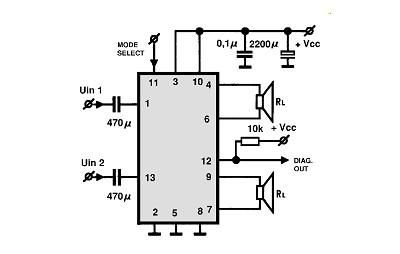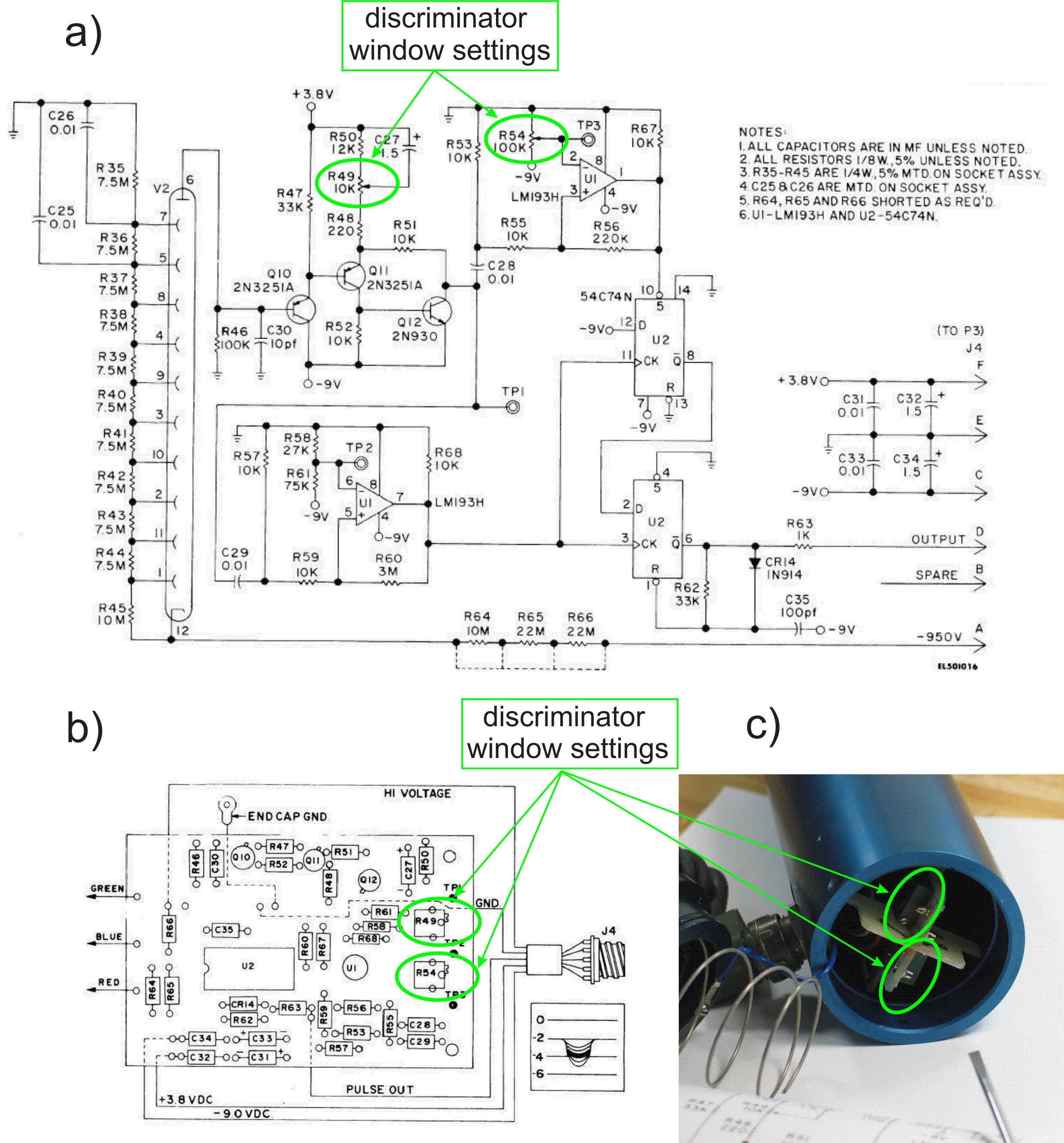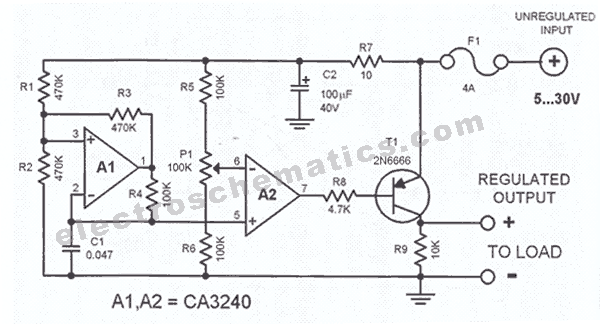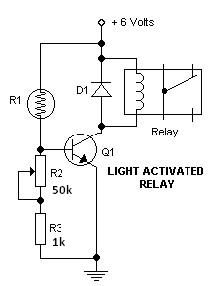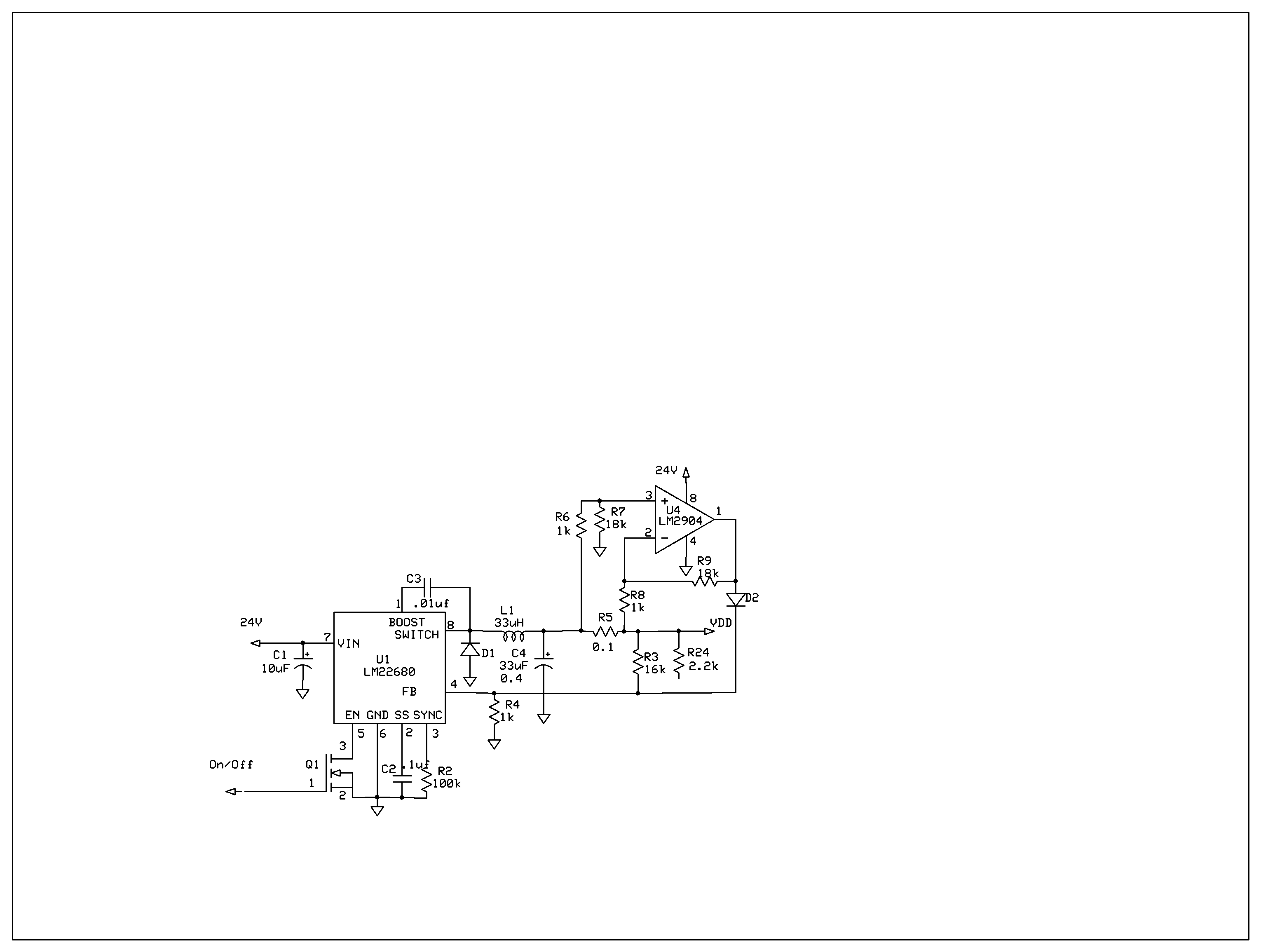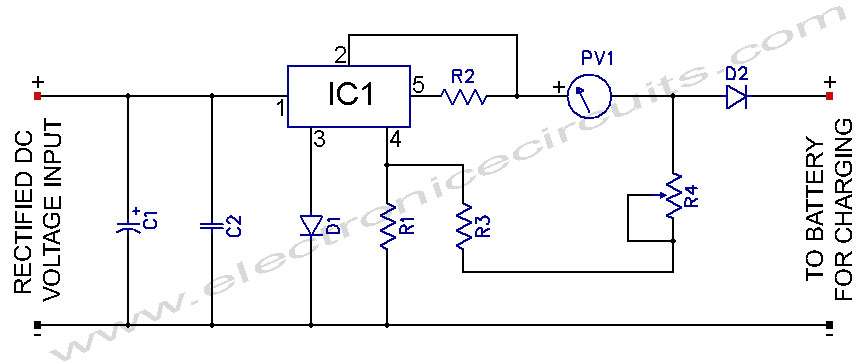
Two chip Frequency Meter with binary readout circuit
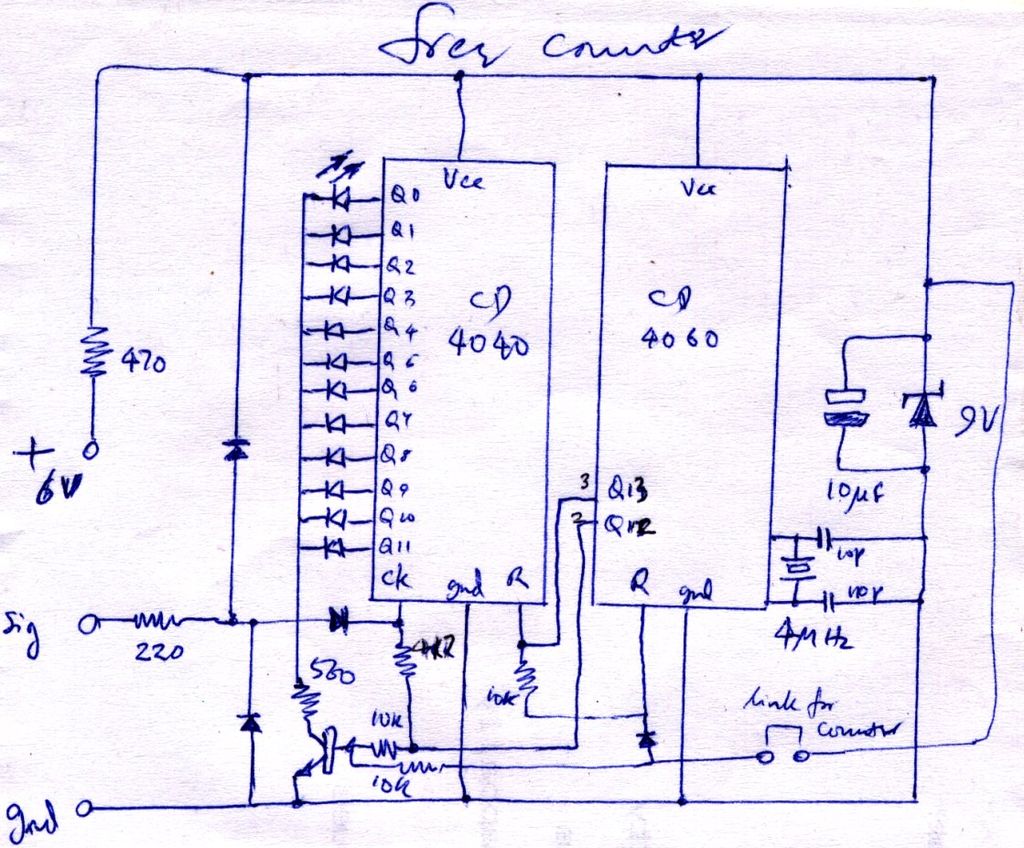
The construction is nearly complete, and a circuit diagram has been created. The design has been finalized and documented on paper.
The circuit diagram represents a critical stage in the development of an electronic project, serving as a blueprint for the physical layout and interconnections of components. It typically includes various elements such as resistors, capacitors, transistors, and integrated circuits, which are essential for the intended functionality of the device.
The diagram should clearly indicate the connections between components, ensuring that the flow of current is accurately represented. Each component is usually labeled with its value or part number, facilitating easy identification during assembly and troubleshooting. Additionally, the power supply connections must be clearly marked to avoid any potential errors that could lead to circuit failure.
In a well-documented circuit diagram, the orientation of polarized components, such as electrolytic capacitors and diodes, must be specified to prevent incorrect installation. Furthermore, signal flow direction might be indicated with arrows, enhancing clarity for users who will implement the design.
Proper scaling of the schematic is also essential, as it allows for easier reading and understanding of the circuit's complexity. A legend or key may be included to explain any symbols used, ensuring that the diagram is accessible to individuals with varying levels of expertise.
Overall, a comprehensive circuit diagram not only aids in the construction process but also serves as an invaluable reference for future modifications or repairs. It encapsulates the design intent and functional requirements, forming the foundation for successful electronic project execution.Now, when the construction is nearly done, here is a circuit diagram. When I finally settled on how it was going to be done, and set it down on paper,.. 🔗 External reference
The circuit diagram represents a critical stage in the development of an electronic project, serving as a blueprint for the physical layout and interconnections of components. It typically includes various elements such as resistors, capacitors, transistors, and integrated circuits, which are essential for the intended functionality of the device.
The diagram should clearly indicate the connections between components, ensuring that the flow of current is accurately represented. Each component is usually labeled with its value or part number, facilitating easy identification during assembly and troubleshooting. Additionally, the power supply connections must be clearly marked to avoid any potential errors that could lead to circuit failure.
In a well-documented circuit diagram, the orientation of polarized components, such as electrolytic capacitors and diodes, must be specified to prevent incorrect installation. Furthermore, signal flow direction might be indicated with arrows, enhancing clarity for users who will implement the design.
Proper scaling of the schematic is also essential, as it allows for easier reading and understanding of the circuit's complexity. A legend or key may be included to explain any symbols used, ensuring that the diagram is accessible to individuals with varying levels of expertise.
Overall, a comprehensive circuit diagram not only aids in the construction process but also serves as an invaluable reference for future modifications or repairs. It encapsulates the design intent and functional requirements, forming the foundation for successful electronic project execution.Now, when the construction is nearly done, here is a circuit diagram. When I finally settled on how it was going to be done, and set it down on paper,.. 🔗 External reference
Warning: include(partials/cookie-banner.php): Failed to open stream: Permission denied in /var/www/html/nextgr/view-circuit.php on line 713
Warning: include(): Failed opening 'partials/cookie-banner.php' for inclusion (include_path='.:/usr/share/php') in /var/www/html/nextgr/view-circuit.php on line 713
